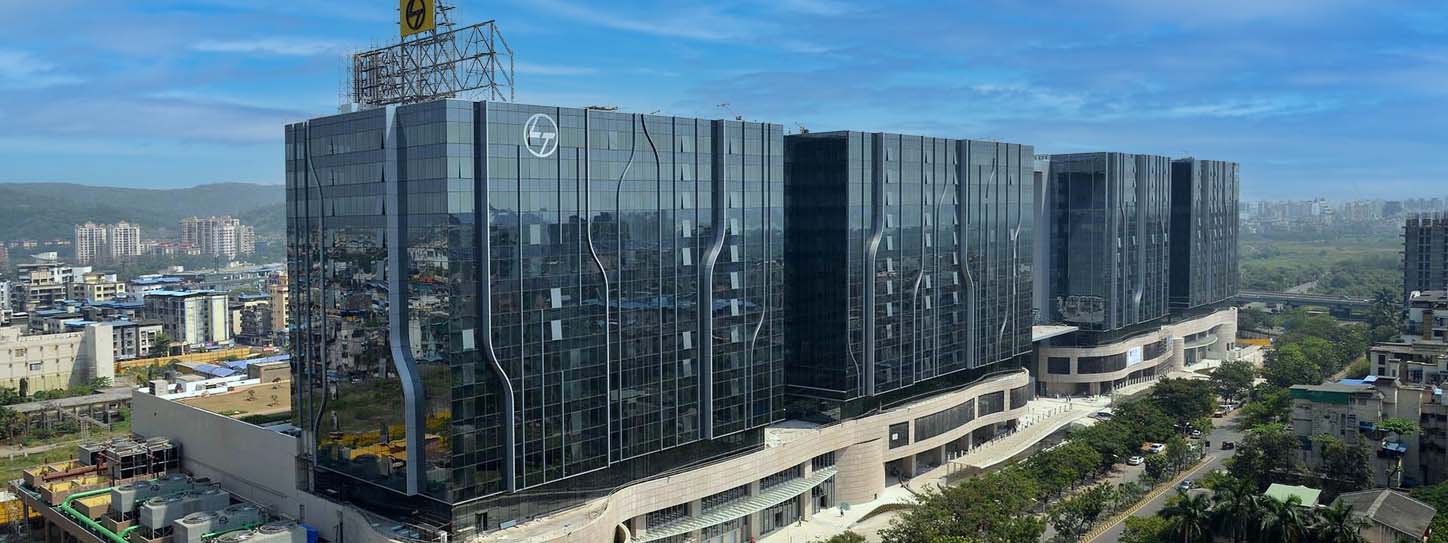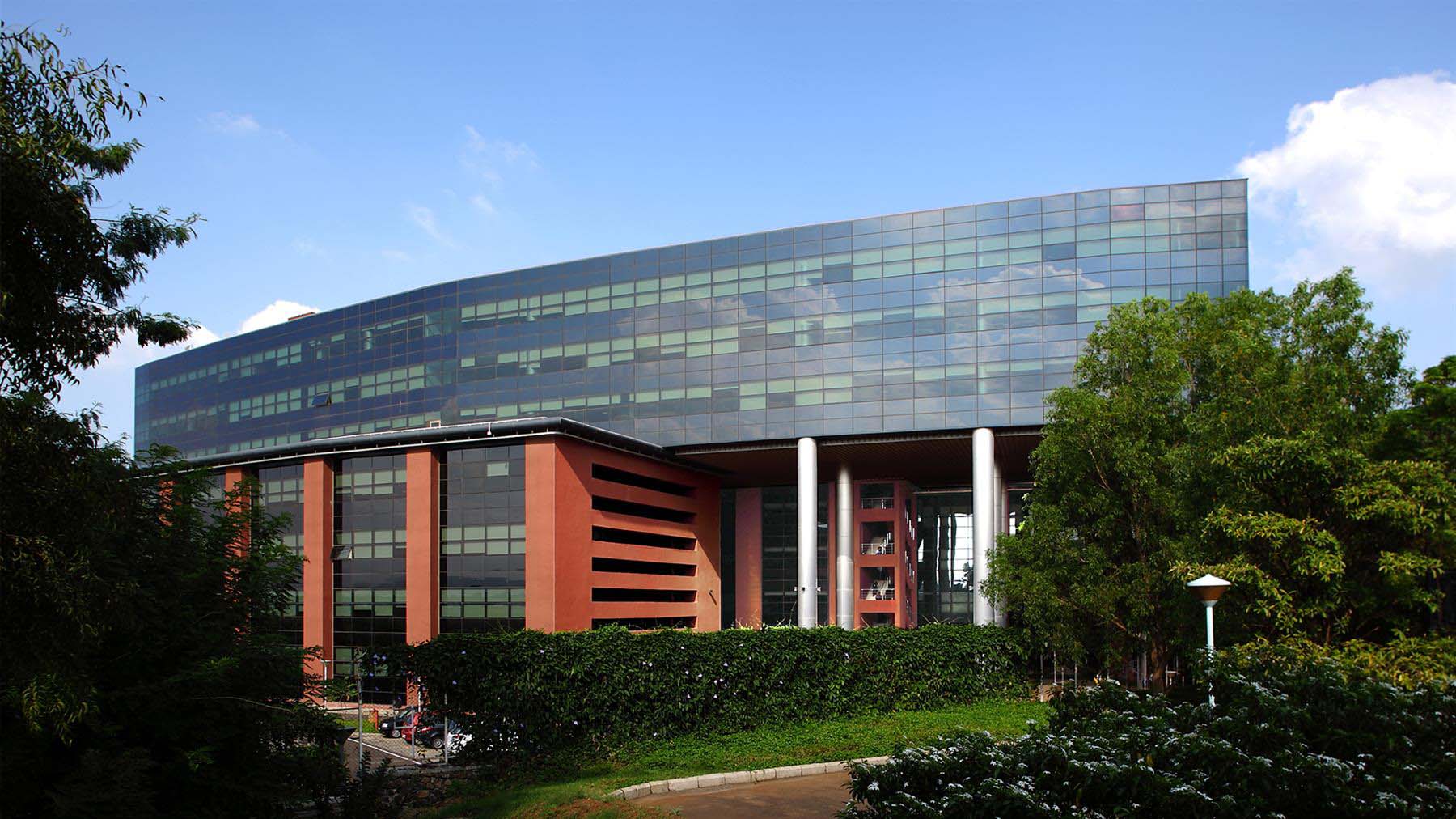Fire-resistant glass is a crucial component in modern architecture, offering safety and protection in the event of a fire. Understanding the fire-resistance ratings and certifications for glass is essential when selecting the appropriate glass for your building projects. This blog provides an in-depth look at fire-resistant glass, its applications, technical data, and the certifications to consider before making a choice.
What is Fire-Resistant Glass?
Fire-resistant glass is specially designed to withstand high temperatures and prevent the spread of fire and smoke. It is typically made by incorporating multiple layers of glass and intumescent interlayers that expand when exposed to heat, creating an insulating barrier. This type of glass not only protects against fire but also maintains its structural integrity for a specified period.
Applications of Fire-Resistant Glass
Fire-resistant glass is used in various applications to enhance safety and comply with building regulations. Key applications include:
1. Fire Doors and Windows
Installed in fire-rated doors and windows to prevent the spread of fire and smoke while allowing visibility and natural light.
2. Partitions and Walls
Used in internal partitions and walls to create fire-safe compartments within buildings, preventing the spread of fire from one area to another.
3. Curtain Walls and Facades
Incorporated into curtain walls and facades to provide fire resistance without compromising on aesthetics or natural light.
4. Staircases and Atriums
Installed in staircases and atriums to protect escape routes and ensure safe evacuation during a fire.
5. Roof Glazing
Used in skylights and roof glazing to provide fire protection while allowing natural light to enter the building.
Technical Data of Fire-Resistant Glass
When evaluating fire-resistant glass, consider the following technical data:
- Fire-Resistance Rating: The duration (in minutes or hours) for which the glass can withstand fire exposure. Common ratings are 30, 60, 90, and 120 minutes.
- Thickness: Typically ranges from 6mm to 60mm, depending on the required fire-resistance rating.
- Light Transmission: Despite its fire-resistant properties, the glass should maintain high levels of light transmission for visibility and natural light.
- Impact Resistance: Fire-resistant glass should also meet safety standards for impact resistance, ensuring it can withstand physical impacts without breaking.
- Thermal Insulation: The ability to prevent heat transfer, protecting the non-fire side from high temperatures.
Fire-Resistance Ratings and Certifications
When choosing fire-resistant glass, it is crucial to consider the relevant certifications and standards that ensure its effectiveness and safety. Here are some key certifications and ratings to look for:
1. EN 13501-2
The European standard for fire classification of construction products and building elements. It includes classifications such as:
- E: Integrity - Prevents flames and hot gases from passing through.
- EW: Radiation Control - Limits the amount of heat radiation.
- EI: Insulation - Prevents the temperature on the non-fire side from exceeding a certain limit.
2. BS 476
A British standard that specifies fire-resistance tests for building materials. Key parts include:
- Part 20: Methods for determination of the fire resistance of elements of construction.
- Part 22: Methods for determination of the fire resistance of non-loadbearing elements of construction.
3. UL 9
Underwriters Laboratories standard for fire tests of window assemblies in the United States. It evaluates the performance of window assemblies under fire conditions.
4. NFPA 80
The National Fire Protection Association standard for fire doors and other opening protectives. It includes guidelines for the installation and maintenance of fire-resistant glass.
5. ASTM E119
A standard test method for assessing the fire resistance of building materials. It measures the duration for which a material can contain a fire, maintain structural integrity, and prevent heat transmission.
Understanding fire-resistance ratings and the importance of certifications is crucial when selecting fire-resistant glass for your building projects. With the right knowledge and information, you can ensure that your chosen glass meets the highest standards of safety and performance. Fire-resistant glass offers essential protection in various applications, from fire doors and windows to partitions and facades, making it a vital component in modern architecture.
FG, Your Partner in High-Quality Fire-Resistant Glass Solutions
At FG Glass, we offer a comprehensive range of fire-resistant glass products that meet the highest safety standards and certifications. Our solutions are ideal for various applications, ensuring maximum protection and compliance with building regulations. Discover how FG Glass can help you enhance fire safety in your projects. For more information, visit fgglass.com/firesafety

You might also like
Feb 21, 2022 by TARIQ KACHWALA
Feb 21, 2022 by TARIQ KACHWALA
Feb 23, 2022 by TARIQ KACHWALA









